Essential Guide to Home Brew Fermenters
Brewing your own beer at home is a fun and rewarding hobby, but it’s not just about tossing ingredients together and hoping for the best. One of the most critical aspects of home brewing is fermentation. And for that, you need the right tools — a good fermenter.
What is a Home Brew Fermenter?
At its core, a home brew fermenter is a container where the magic of brewing happens. It’s the place where yeast gets to work converting sugars into alcohol and carbon dioxide, giving you the delicious beer you’ve been dreaming about. Think of it as the heart of your brewing operation — without it, there’s no beer, just a sugary mix of water and grains.
Fermenters come in all shapes and sizes, from simple plastic buckets to sophisticated stainless steel vessels. But they all share one purpose: to provide a controlled environment for fermentation. They typically include features like an airlock to release excess CO2 and a seal to keep out contaminants.
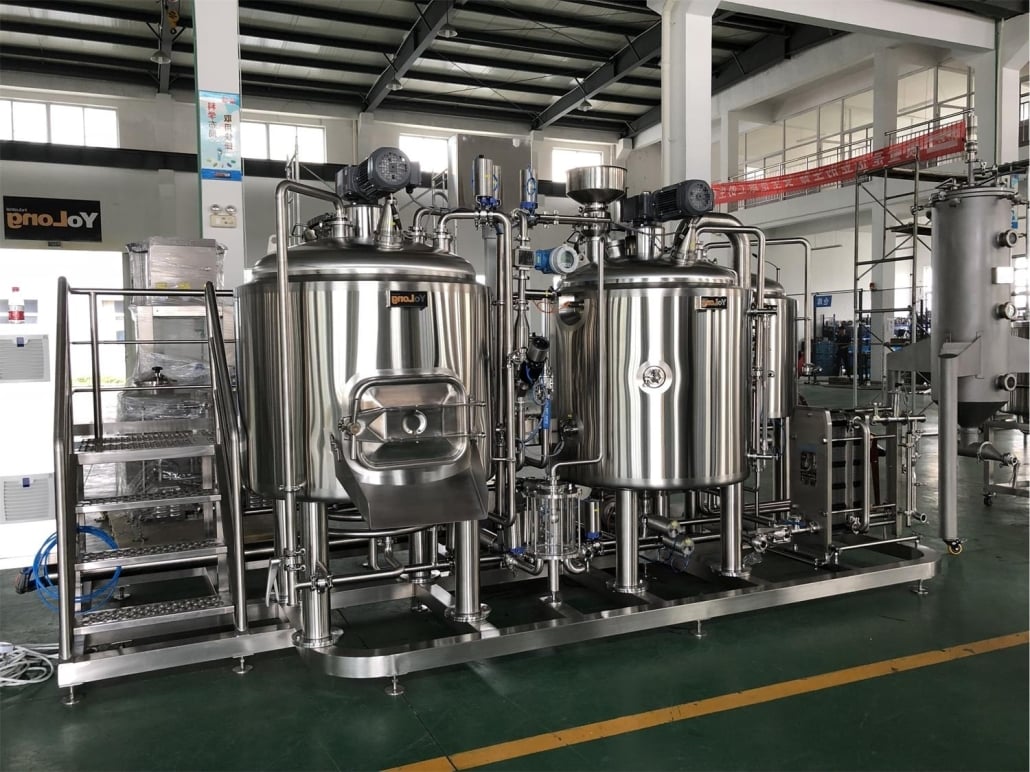
Why a Good Fermenter is Crucial for Home Brewing
Why does the fermenter matter so much? Well, imagine trying to bake a cake in a warped, rusty pan. The results wouldn’t be great, right? The same goes for brewing. The fermenter plays a vital role in:
- Maintaining Sanitation: A good fermenter minimizes the risk of contamination, ensuring your beer tastes clean and fresh.
- Temperature Control: Fermentation generates heat. High-quality fermenters help regulate the temperature, which is crucial for consistent flavors.
- Preventing Oxidation: Exposure to oxygen during fermentation can ruin your beer. A well-sealed fermenter keeps oxygen out while letting CO2 escape.
Without a proper fermenter, your brewing efforts could end up being wasted. It’s not just about functionality but also about making your brewing experience smooth and enjoyable.
Types of Home Brew Fermenters
There’s no one-size-fits-all when it comes to fermenters. Each type has its pros and cons, and your choice will depend on your brewing style, budget, and personal preferences. Let’s break it down:
1. Plastic Fermenters
Plastic fermenters are lightweight, affordable, and beginner-friendly. They’re usually made from food-grade plastic and come in bucket or carboy styles.
- Advantages: Inexpensive, easy to use, and widely available.
- Disadvantages: Prone to scratching (which can harbor bacteria) and may retain odors over time.
2. Glass Carboys
Glass fermenters are the classic choice for many home brewers. They’re transparent, allowing you to watch the fermentation process.
- Advantages: Non-porous, doesn’t retain odors, and easy to clean.
- Disadvantages: Heavy, fragile, and more expensive than plastic options.
3. Stainless Steel Fermenters
For serious brewers, stainless steel fermenters are the gold standard. They’re durable, easy to clean, and often come with advanced features like temperature control and built-in valves.
- Advantages: Long-lasting, professional-grade, and highly sanitary.
- Disadvantages: Expensive and heavier than plastic options.
4. Conical Fermenters
Conical fermenters are shaped to allow sediment to settle at the bottom, making it easy to remove without disturbing the beer.
- Advantages: Efficient sediment removal, ideal for secondary fermentation.
- Disadvantages: High cost and may require more space.

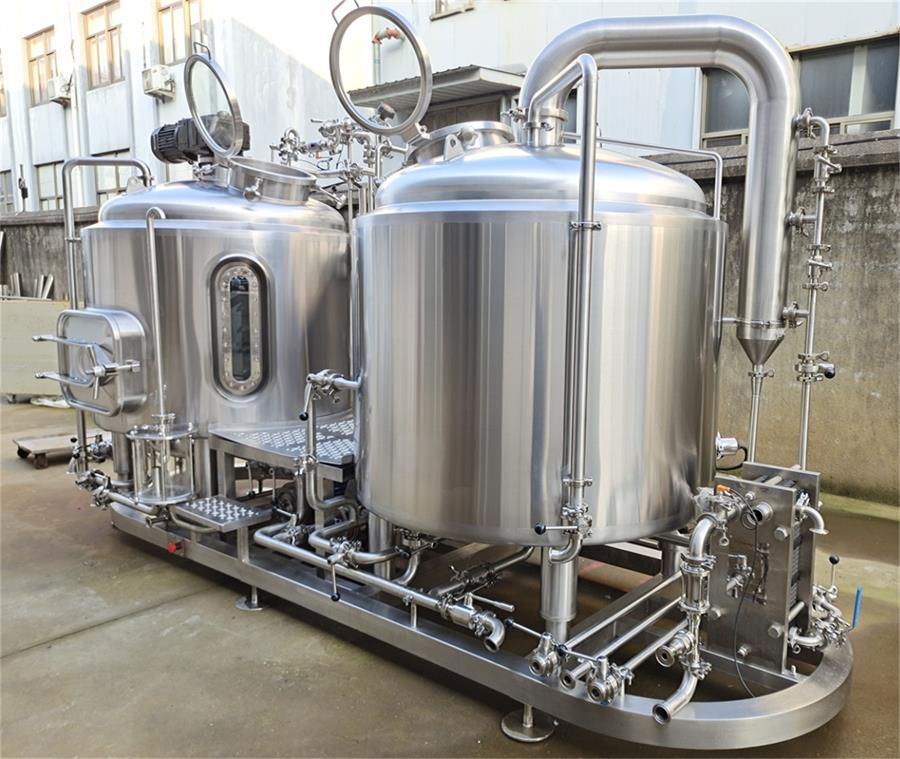

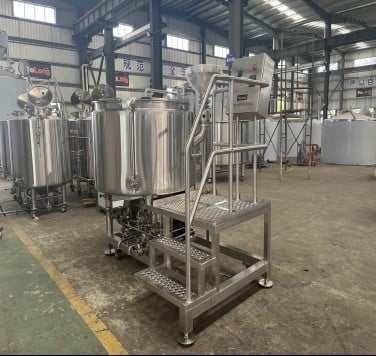

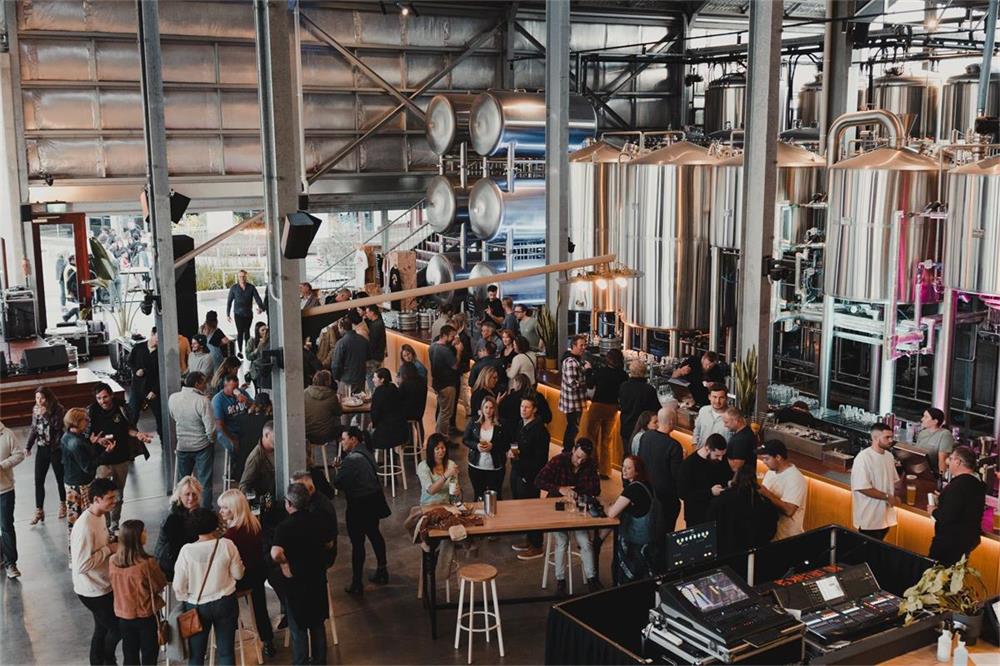
Tips for Using and Maintaining Your Fermenter
Proper use and maintenance of your fermenter are essential for brewing great beer. Here’s how to do it:
| Tip | Details |
|---|---|
| Sanitize Everything | Before and after use, thoroughly clean your fermenter to avoid contamination. |
| Monitor Temperature | Keep fermentation within the ideal temperature range for your yeast. |
| Use an Airlock | Always attach an airlock to release CO2 without letting oxygen in. |
| Handle with Care | Avoid scratching plastic fermenters and handle glass carboys gently. |
| Store Properly | After cleaning, store your fermenter in a dry, clean area. |
| Inspect Regularly | Check for cracks, scratches, or other damage before each use. |
Recommended Home Brew Fermenters
If you’re wondering which fermenter to buy, here are some top-rated options:
- FastFerment Conical Fermenter: Great for beginners and advanced brewers alike. It’s affordable and offers excellent sediment control.
- FermZilla All Rounder: A versatile option with pressure fermentation capabilities.
- Ss BrewTech Brew Bucket: A professional-grade stainless steel fermenter that’s built to last.
- Northern Brewer Big Mouth Bubbler: Perfect for those who want a transparent, easy-to-clean option.
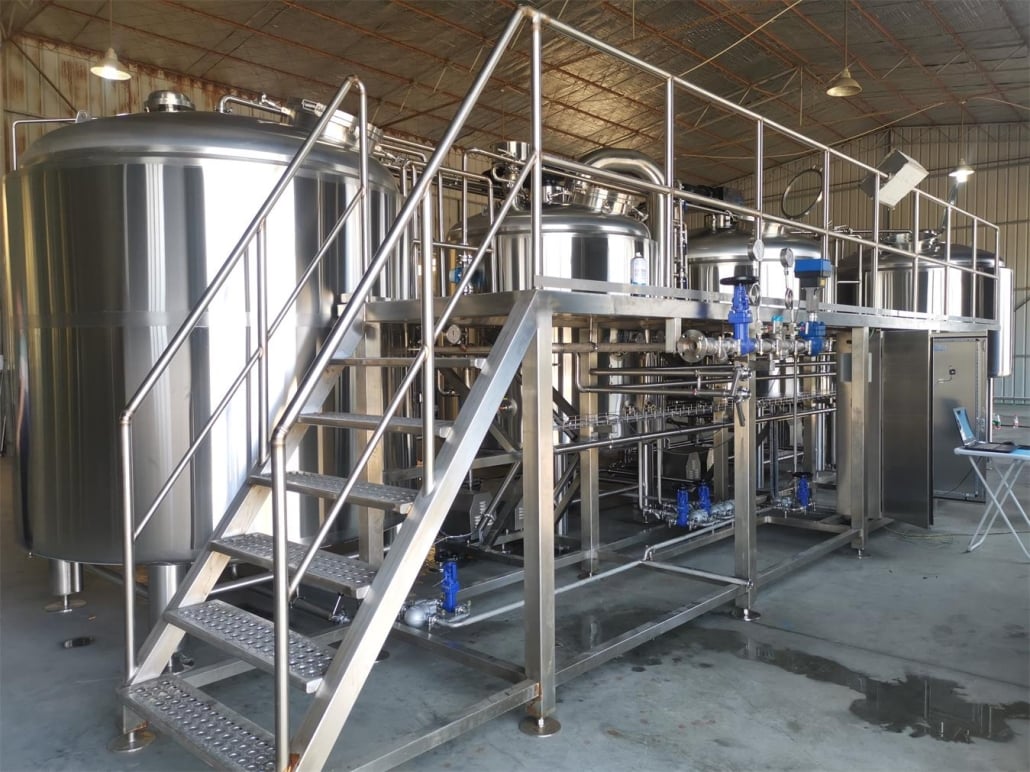
FAQ
| Question | Answer |
|---|---|
| What size fermenter do I need? | A 5-6 gallon fermenter is standard for most home brews, but larger batches may require 10+ gallons. |
| Can I ferment beer in plastic buckets? | Yes, as long as they’re food-grade and sanitized properly. |
| How do I prevent contamination? | Always sanitize your fermenter and equipment before use. |
| What is the purpose of an airlock? | It allows CO2 to escape while keeping oxygen and contaminants out. |
| How long does fermentation take? | It varies, but most beers ferment for 1-2 weeks. |
| Can I reuse my fermenter for different beers? | Absolutely! Just make sure it’s cleaned and sanitized between uses. |
Additional FAQs on Home Brew Fermenters (2025)
1) Are pressure-capable home brew fermenters worth it for beginners?
- If you brew hop-forward styles, yes. Pressure fermentation and spunding reduce ester formation and allow natural carbonation, improving stability for IPAs and lagers. Start with 5–10 psi and follow manufacturer pressure ratings.
2) What’s the best temperature control setup for home fermenters?
- A dedicated fermentation chamber (fridge/freezer with an external controller) offers the tightest control. Pair with a thermowell and an inkbird-style controller. For stainless conicals, glycol coils with small chillers also work well.
3) How do I minimize oxygen exposure when dry hopping?
- Purge the headspace with CO2, use a CO2-purged hop doser (if available), and perform closed transfers. Avoid opening the lid; use a dedicated dry hop port or pressure-capable all-rounder.
4) What materials are safest and most sanitary long term?
- 304/316 stainless steel is most durable and sanitary. PET pressure-rated fermenters are good value but avoid abrasive cleaning. Replace scratched plastic buckets regularly to reduce infection risk.
5) How do I size my fermenter relative to batch size?
- Leave 15–20% headspace to manage krausen. For 5-gallon batches, a 6–7 gallon fermenter is ideal; for 10-gallon batches, use 12–13 gallons minimum or plan for blow-off tubing.
2025 Industry Trends for Home Brew Fermenters
- Pressure-ready all-rounders: Affordable PET and stainless options with spunding valves become mainstream.
- Better oxygen control: Homebrewers adopt closed transfers, CO2 purging, and inline quick-connects to cut oxygen pickup.
- Smart fermentation: Bluetooth/Wi‑Fi tilt hydrometers and chamber controllers log gravity and temperature, enabling repeatability.
- Hygiene upgrades: More EPDM/FKM gasket kits and replaceable dip tubes; home CIP sprayers simplify stainless conical cleaning.
- Sustainability: Reusable CO2 capture for spunding and refillable cylinders; efficient mini-glycol chillers reduce energy use.
2025 Benchmarks and Best-Practice Metrics
| Metric (2025) | Typical Range/Target | Notes/Source |
|---|---|---|
| Fermentation temperature stability | ±0.5–1.0°C | With chamber + probe in thermowell |
| Pressure fermentation range | 5–12 psi ales; 10–15 psi lagers | Follow vessel ratings |
| Dissolved oxygen at packaging (home level) | <100–200 ppb | Lower is better for IPAs; BA/ASBC guidance adapted |
| Cold crash rate | 1–2°C per hour | Minimizes suck-back; use CO2 balloon |
| Cleaning contact time (alkaline/acid) | 15–30 min each | Per chemical label; rinse thoroughly |
| Typical lifespan: PET pressure fermenter | 1–3 years | Replace if scratched/cloudy |
| Typical lifespan: stainless fermenter | 10+ years | With proper care |
Selected sources: Brewers Association QA resources, ASBC Methods of Analysis, OEM manuals (Ss Brewtech, FermZilla/Fermenter King, Spike Brewing), homebrewing community data (2024–2025).
Latest Research Cases
Case Study 1: Closed Transfers Improve IPA Freshness (2025)
- Background: Experienced homebrewer noted rapid hop aroma fade and “cardboard” notes in canned NEIPA.
- Solution: Switched to pressure-capable PET fermenter, CO2-purged dry hop additions, closed transfer to purged kegs, and spunding at 10–12 psi late fermentation.
- Results: Sensory panel (club) reported brighter hop aroma at day 21; measured package DO dropped from ~250 ppb to ~90 ppb; shelf life extended by ~2 weeks at 4°C.
Case Study 2: Temperature Control Tightens Lager Profile (2024)
- Background: Home lager batches showed sulfur and ester variability with ambient basement fermentation.
- Solution: Added fermentation fridge with external controller and thermowell; implemented diacetyl rest schedule and controlled ramp downs; gentle 12 psi spund for natural carbonation.
- Results: Cleaner profile and consistent attenuation; acetaldehyde/diacetyl faults eliminated in triangle tests; carbonation consistent without over-foaming during packaging.
Expert Opinions
- John Palmer, Author of “How to Brew”
- Viewpoint: “Sanitation and temperature control outweigh gear upgrades. Nail those, then layer on pressure fermentation and closed transfers for bigger gains.”
- Source: Homebrewing education and updated editions, 2024–2025
- Mary Pellettieri, QA Consultant; Author of “Quality Management for Craft Beer”
- Viewpoint: “Oxygen is the quiet spoiler. Even for home brew fermenters, plan purges, minimize splashing, and verify seals and gaskets.”
- Source: QA seminars and consulting notes, 2025
- Denny Conn, Homebrewing Educator and Author
- Viewpoint: “Simplicity wins. Choose a fermenter you can clean easily and control temp precisely—consistency beats complexity.”
- Source: Podcasts, talks, and community workshops, 2024–2025
Practical Tools and Resources
- Brewers Association quality resources (adaptable to home scale): https://www.brewersassociation.org
- ASBC Methods of Analysis (oxygen, sensory fundamentals): https://www.asbcnet.org
- HomebrewTalk community (closed transfer and pressure fermentation threads): https://www.homebrewtalk.com
- Popular OEMs and manuals: https://www.ssbrewtech.com | https://www.morebeer.com | https://spikebrewing.com
- Tilt/Spindle hydrometers and logging: https://tilthydrometer.com
- Safety and chemical handling basics: https://www.osha.gov
- Yeast and fermentation guides: https://www.lallemandbrewing.com | https://www.whitelabs.com
Note: Always verify your fermenter’s pressure rating, use compatible gaskets (EPDM/FKM) with your cleaners/sanitizers, and document simple SOPs for cleaning, transfers, and dry hopping. Replace scratched plastic and any compromised seals to prevent infection and oxygen ingress.
Last updated: 2025-09-29
Changelog: Added 5 targeted FAQs, 2025 trends with benchmark table, two recent homebrewing case studies, expert viewpoints, and vetted tools/resources focused on home brew fermenters, oxygen control, and temperature management
Next review date & triggers: 2026-03-31 or earlier if major OEMs update pressure ratings, new low-oxygen home practices emerge, or BA/ASBC guidance on DO targets is revised
Share this entry
Interested in learning more about Brewing Systems including additional details and pricing information? Please use the form below to contact us!
YOLONG BREWERY EQUIPMENT FAQS
- Commercial Brewery / Craft Brewery / Microbrewery / Nanobrewery
- What is The Difference Between Craft Beer and Industrial Beer?
- The Bespoke Differences In Custom Brewing Systems
- Everything You Need to Know About Kettle Souring
- How to Choose Brewing Equipment for Your business?
- How To Choose The-Best Partner To Build Your Commercial Microbrewing System?
- Two Detection Sensors That You Need To Use In Your Brewhouse System
- Remote Control Applications in Brewing Equipment/How does it work?
- How To Clean Your Brand New Brewery Tanks?

